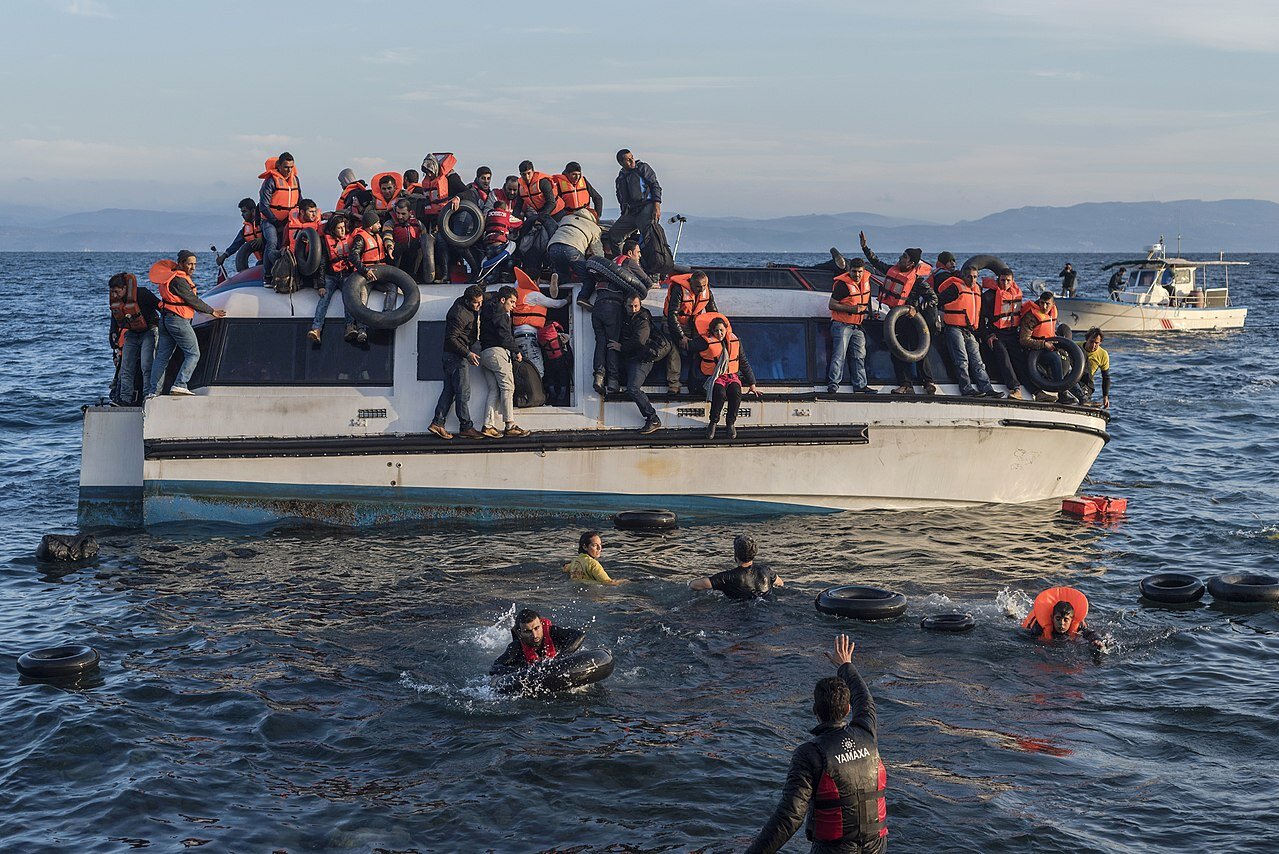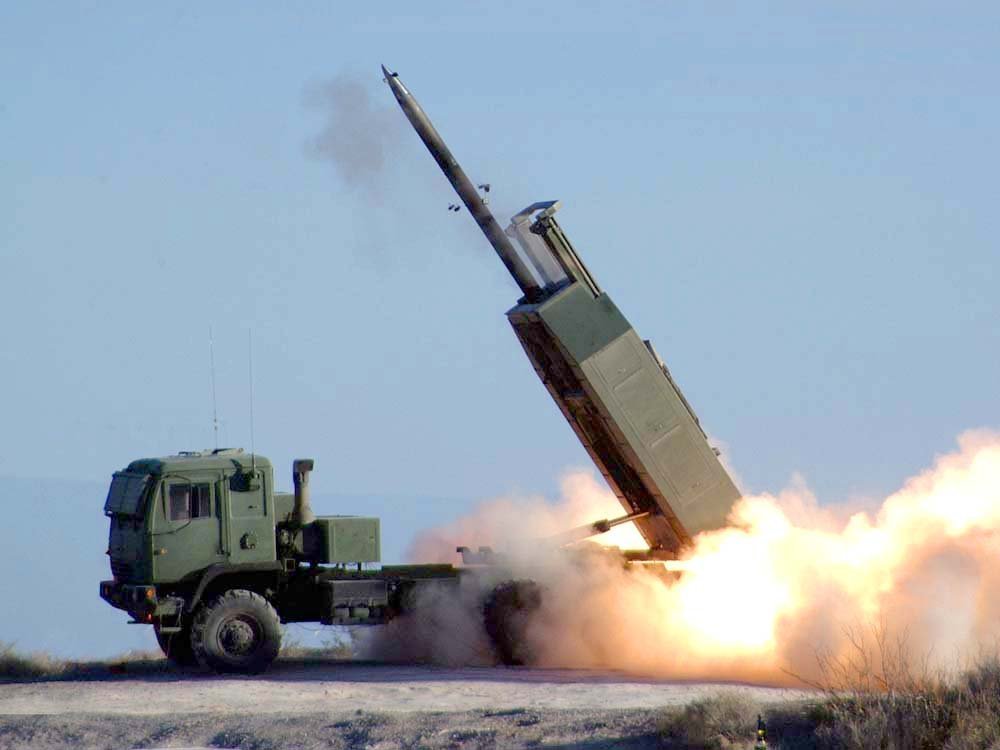PICTURED: Iraqi and Syrian refugees arrive from Turkey on the Island of Lesbos in Greece, while members of Spanish NGO Open Arms move to help. Photo credit: Ggia. CC 4.0.
A report from the Watson Institute of International Public Affairs calculated that the 8 most deadly conflicts America has participated in or launched since 2001 have turned 37 million individuals into internally displaced persons (IDP), or refugees – the most of any conflict excluding WWII.
As many as 59 million may have lost their homes and been forced out of their countries by America’s violent invasions, but records are far from precise in many of the countries who have been the victims.
The country in which America turned the most amount of people into refugees or IDP was Iraq, where 9.2 million have been forced to flee their homes, and the country most of the 37 million have fled to was Germany.
“This report is the first to measure comprehensively how many people these wars have displaced,” writes lead author David Vine, a professor of Anthropology at American University in D.C. “37 million is a very conservative estimate”.
“Displacement also must be central to any possible consideration of the future use of military force by the United States or others. Ultimately, displacing 37 million—and perhaps as many as 59 million—raises the question of who bears responsibility for repairing the damage inflicted on those displaced”.
Vine’s report encapsulates one of the problems with the way many in Washington speak about the “Terror Wars” — as failed missions or lessons to be learned, when certain conflicts such as Iraq, Somalia, and Afghanistan can easily enter the criteria of genocide as it is considered under international law.
This is possible from not only their singular persecution of a particular race or culture, but also the occupation of that culture or races land, the expulsion of their population, the destruction of their architectural and cultural heritage, and the usurpation of their rights to self-government and self-determination.
The Cost of War
The Watson Institute at Brown University published the report as part of their long running program called “Costs of War” that aims to track the casualties, monetary costs, and displacements from America’s wars. They often feature as a primary source for casualty and IDP figures.
Major findings from the report state that as a war, the ‘Global War on Terror’ has been anything but, and has produced the largest number of refugees and IDP of any major conflict excluding WWII.
Furthermore, it’s much more likely that the number of IDP and refugees are close to 48-59 million says the study, “while millions more have been displaced by other post-9/11 conflicts involving U.S. troops in smaller combat operations, including in: Burkina Faso, Cameroon, Central African Republic, Chad, Democratic Republic of the Congo, Mali, Niger, Saudi Arabia, and Tunisia”.
The study includes the five provinces of Syria where U.S. forces were operating illegally, and where their planes and other equipment struck the Islamic State. It notes that the U.S. played a principal role in arming rebel groups in the country, and that a more accurate approach would be to add in all refugees created in provinces where the Islamic State and other U.S. backed rebel groups were active — correctly placing D.C. at fault for that violence.
PICTURED: A young girl stands amid the freshly made graves of 70 children, many of whom died of malnutrition during the famine in Somalia. Photo credit: Andy Hall/Oxfam UK. CC 4.0.
Sad corners of the world
The report also details the little-known and little-reported involvement of the U.S. military and executive branch in Somalia, where bombings and assassinations of alleged military targets has gone on for decades.
In 2004, the Norwegian Refugee Council reported that virtually all Somalis had been displaced from their homes through conflict at least once.
In 2006, the U.S. funded and supported an Ethiopian invasion of the country to remove a local governing body known as the Islamic Courts Union, which enraged their militaristic, though relatively quiet militia known as Al-Shabaab. The resulting instability created the 2010 famine, where hundreds of thousands of people would starve to death in the streets.
Further still, Vine’s report details the ‘Terror War’ in the Philippines, waged by a permanent military garrison that receives virtually no media coverage.
“When Abu Sayyaf and allied groups seized control of large parts of the city of Marawi in 2017,” writes Vine, explaining how the designation of al-Qaeda ally turned one Philippine island into a battleground, “U.S. forces backed the Philippine military in retaking the city during five months of brutal fighting involving the bombing of entire neighborhoods and thousands of civilian deaths”.
“In the first month of fighting, 360,000 people fled their homes, including effectively all 200,000 residents of Marawi”.
The report, like others from Brown University, is a sobering surmation of the costs 24 countries have paid for the actions of a few men.
Continue exploring this topic — Trump Looks to Appoint Peace Advocate as Official Ambassador to Afghanistan




